Thank you once again to all the amazing Wild Hive Collective team for organizing my talk in Chandlers Ford, my home town, on 19th November 2023. It attracted a full house of some 80 people plus helpers. See their review here: Wild Hive Collective Review
This was a special event for me being the first time I’d talked outside of Norway since Covid and dedicated to my dad (Harold G Barstow) who died last year at 97 and possibly the vegetable grower who had been at it longest in the area, here with his broad beans at 90, in a raised bed he made in his 80s, planning for old age: 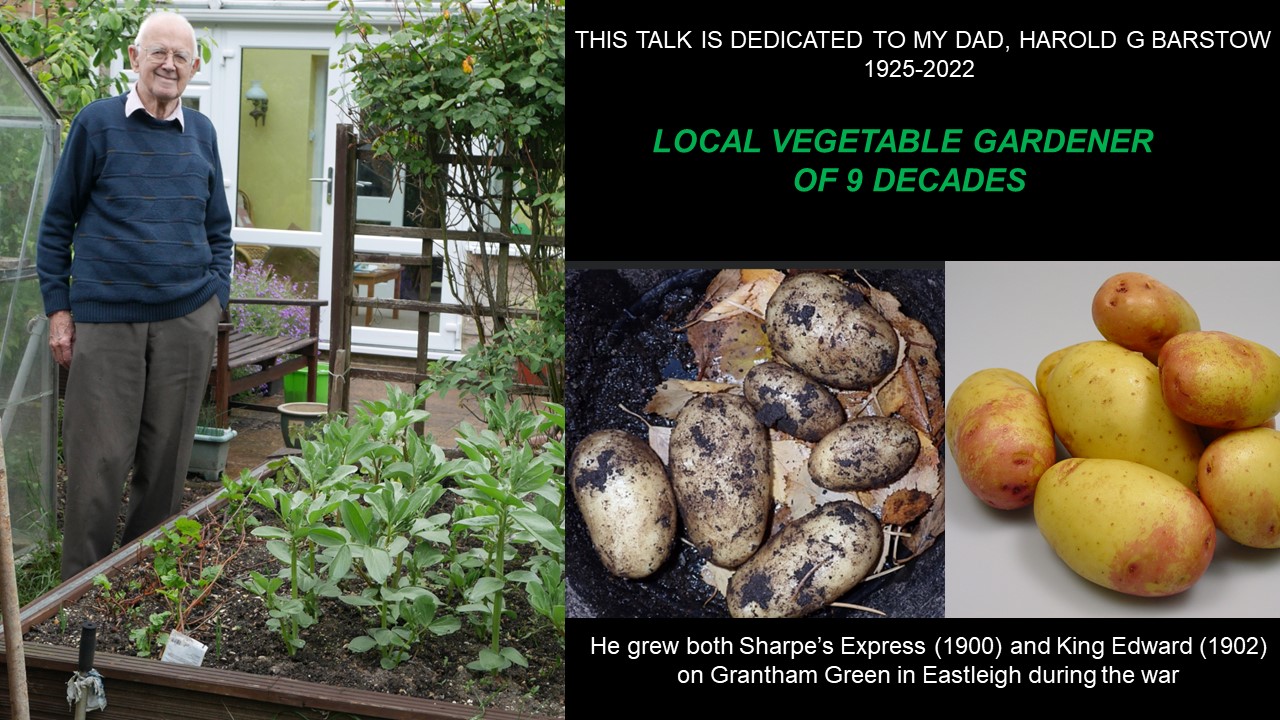 Dad had worked as a joiner/carpenter all is life (his parents couldn’t afford to give him an education and he left school early). He became an expert on Great Britain Victorian stamps (where I get my collectomanic genes from). On retirement he spent his time well, researching local history and publishing 8 or 9 books on the subject, involving learning medieval latin. He also became an artist, painting old local buildings. He wrote 4 books about the North Stoneham area where his grandfather had repaired the one-handed clock at North Stoneham (he’s pointing to him in the picture on the wall of the Cricketers Pub and he can also be seen standing with his bike in front of the church on the front of one of the books):
Dad had worked as a joiner/carpenter all is life (his parents couldn’t afford to give him an education and he left school early). He became an expert on Great Britain Victorian stamps (where I get my collectomanic genes from). On retirement he spent his time well, researching local history and publishing 8 or 9 books on the subject, involving learning medieval latin. He also became an artist, painting old local buildings. He wrote 4 books about the North Stoneham area where his grandfather had repaired the one-handed clock at North Stoneham (he’s pointing to him in the picture on the wall of the Cricketers Pub and he can also be seen standing with his bike in front of the church on the front of one of the books):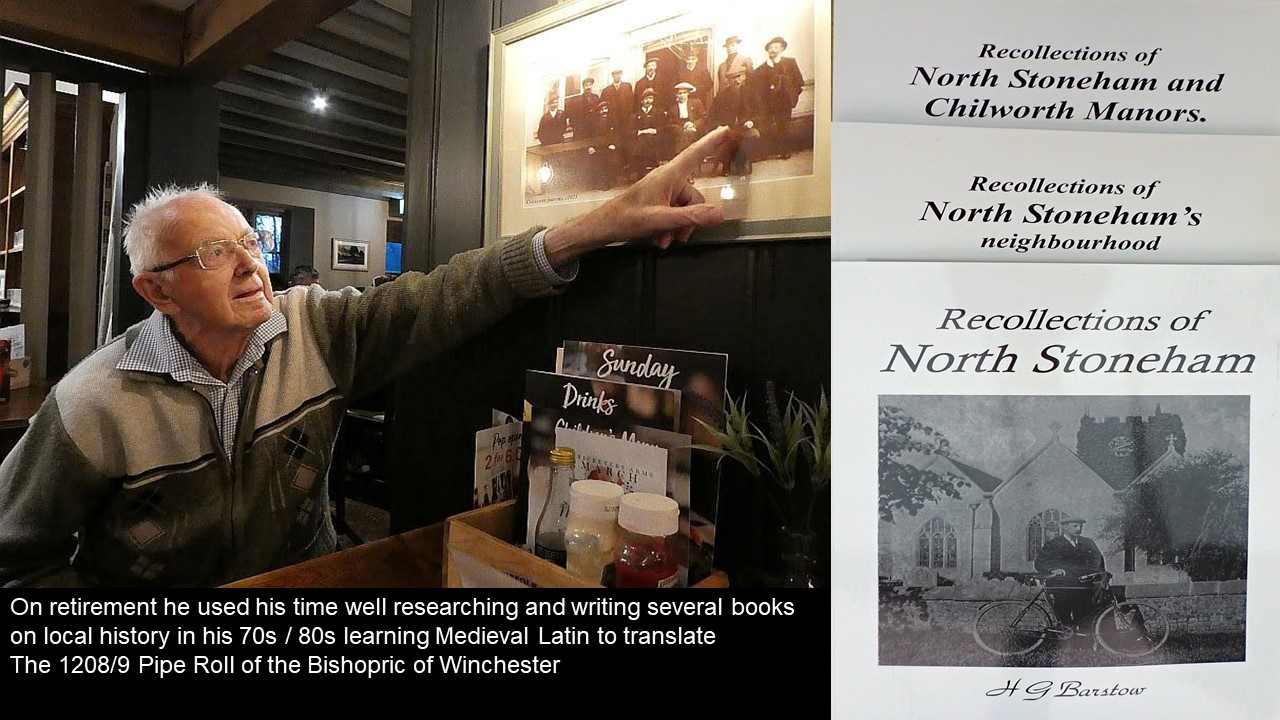 …..and not forgetting my dear mum Patricia (Pat) Barstow (soon 94) who was in the audience:
…..and not forgetting my dear mum Patricia (Pat) Barstow (soon 94) who was in the audience:
The first part of my talk was all about perennial vegetables and Hampshire and all the wonderful interconnections with my family and others I’ve experienced there over the years!
In 2015, I was invited to give a two-part talk at the Walled Kitchen Gardens Network Forum at National Trust property Croome Court in Worcestershire and I discovered that two of my family were already well known and respected in that eminent group! At dinner on the first night in Pershore, it dawned on the people there that I also was the son of the “famous” North Stoneham historian and author and when it was revealed that author of the book “Garden archaeology”, Christopher Currie was my cousin, who excavated the North Stoneham site, then I was well and truly one of them!! For there is a strong link as Capability Brown (who designed Croome’s gardens) was almost certainly also responsible for North Stoneham. Several of those at dinner that night were from Hampshire and campaigning to save the North Stoneham site!! Small world and resonating with the cosmos once again…………. It was the chairwoman of the forum, Susan Campbell, one of the most knowledgeable people in the land on kitchen gardening and edible plants who had invited me to Croome, having read my book. She had thought I was Norwegian until we met. She and her husband Mike have a fantastic beachside property in Hampshire where I visited a year or so after Croome. The title of her book “Charleston Kedding: A History of Kitchen Gardening” is one of the most original book titles. Charleston Kedding is a fictional place around which the book is based, the name being an anagram for Old Kitchen Gardens!
It was the chairwoman of the forum, Susan Campbell, one of the most knowledgeable people in the land on kitchen gardening and edible plants who had invited me to Croome, having read my book. She had thought I was Norwegian until we met. She and her husband Mike have a fantastic beachside property in Hampshire where I visited a year or so after Croome. The title of her book “Charleston Kedding: A History of Kitchen Gardening” is one of the most original book titles. Charleston Kedding is a fictional place around which the book is based, the name being an anagram for Old Kitchen Gardens! 

The following year was the 300th anniversary of Capability Brown’s birth:
See more pictures from Croome here https://www.edimentals.com/blog/?page_id=2554
It was at Croome I talked about Hostas, jokeing as I did in my original article on “The Oriental Spinach” in Permaculture Magazine, about Prince Charles having the most productive forest garden in the UK as he had a national collection of large-leaved Hostas in a woodland area at Highgrove, not knowing that the Prince’s head gardener sat in front of me. I later signed a copy of my book “To HRH Prince Charles, good luck with your Hosta cuisine” asking them to pass on to the prince. This lead the following year to being invited to Highgrove to see the collection…sadly, the Prince didn’t turn up as it was his mum’s birthday….priorities!
I next introduced a good ex-pat friend in Norway, David Woodland, who had attended a talk I gave in Bergen over 10 years ago now. I had mentioned during that talk I was from Hampshire and afterwards he asked where. I said Eastleigh and he then told me he grow up only a mile or so away in Colden Common! We had been growing veg in Norway for as long as one another! David’s father was Dennis Woodland who did most of the work and took pictures for the Hillier Manual of Trees and Shrubs in the 70s. David’s family lived for some time at Jermyn’s House at the Hillier Gardens, just 6 miles from where my family have lived since the early 70s in Chandlers Ford. On the back of an interview I did with Radio Solent in Southampton soon after the book came out, I was invited to give a walk and talk at Hilliers in 2015 and the talk was in Jermyn’s House! This was the first of several walks and talks I did all over the world in botanical gardens and at Hilliers I was allowed for the first time to pick from the ornamental borders for a lunch salad! Mum and Dad attended (Dad can be seen in the background in the second picture below)!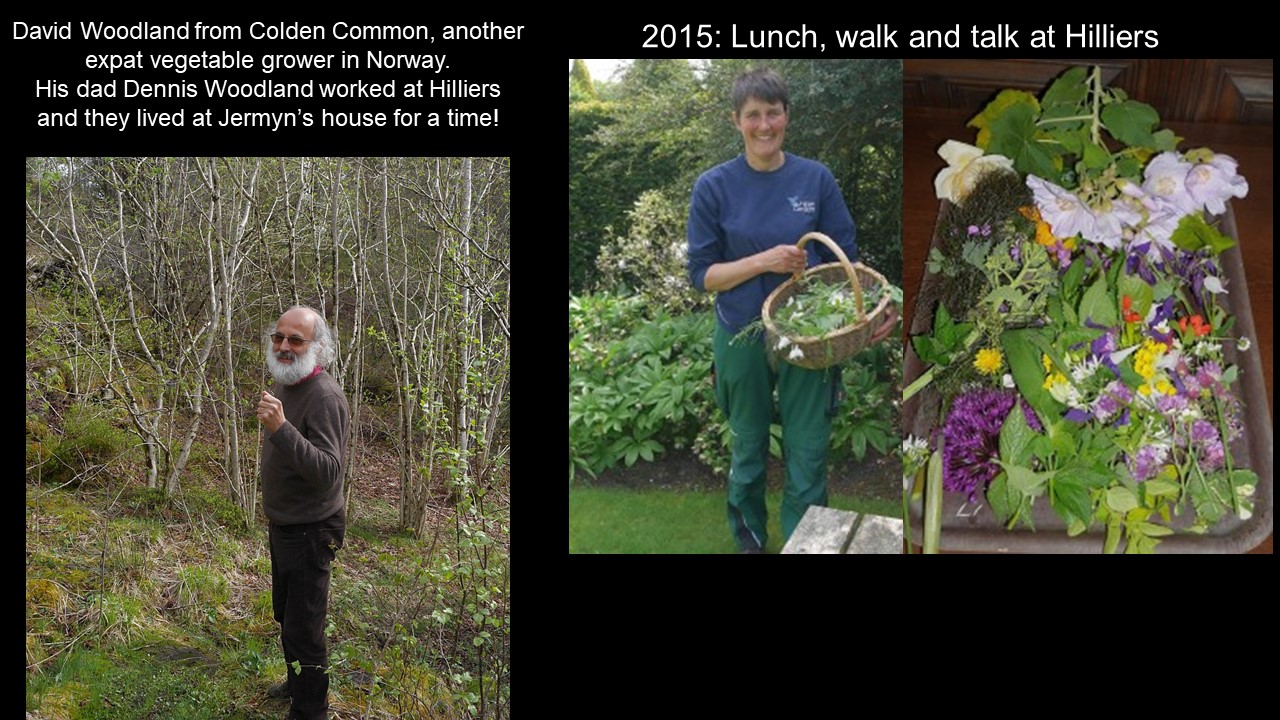
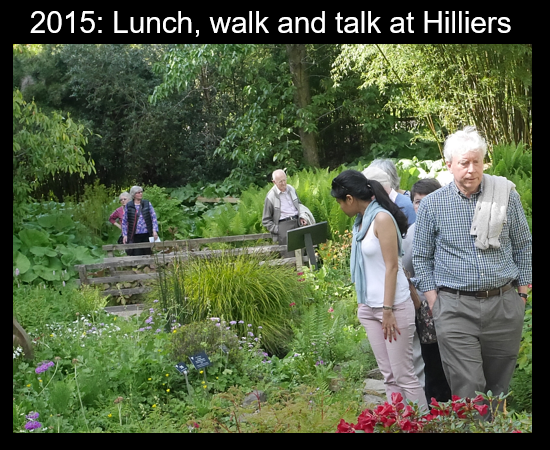 See another blog post on the Hilliers walk and talk here: https://www.edimentals.com/blog/?page_id=1281
See another blog post on the Hilliers walk and talk here: https://www.edimentals.com/blog/?page_id=1281
The next interconnection happened at that Hillier talk. As I was in Hampshire I talked about what I call the Hampshire perennial vegetable triangle where both Sea Kale (the most British of all vegetables), through William Curtis in Alton and Gilbert White in Selbourne, and watercress (Alresford) were domesticated in the 17-1800s: 
Little did I know but Sheila John, a volunteer at the Curtis Museum in Alton, was in the audience at Jermyn’s House. After the talk, Sheila approached me and asked if I would give my talk in Alton which I did a couple of years later in the Allen Gallery where, in the back garden they were planning a garden of William Curtis plants. I spent the next day in the library of the museum which had several rare books on Curtis. Sheila had also in the meantine helped me get a copy of his pamphlet on sea kale (below) from the British Museum:


….and this takes me back to garden historian Susan Campbell who I visited in 2017 at her home on the Solent, where she had a small sea kale garden next to the beach supplying sea kale to a restaurant in London (in season). At that time, she was the only one growing this wonderful vegetable for sale; see more at https://www.edimentals.com/blog/?p=10713
The same day I had visited another of the speakers at Croome, Tim Phillips who has a wonderful vineyard within a walled garden near Susan in Lymington, see https://www.edimentals.com/blog/?p=10678
I was happy to spot Tim in the audience for the Chandlers Ford talk….thanks for the bottle Tim (pictures in the gallery at the bottom)!
I can mention a few more connections to finish. In April 2008, I was with mum in the Hillier gardens and we’d stopped to admire some rather colourful purple spring shoots of a Hosta, possibly the cultivar “Patriot” (picture below). At that time I was writing my article for Permaculture Magazine on “Hosta: The Oriental Perennial Spinach” and was looking for ones with “edimental” shoots (a word I “invented” at about that time). At that moment a familiar face comes striding down the hill towards us with a group. It was well known plantsman, gardener, author and broadcaster, Roy Lancaster who has long been associated with Hilliers and I knew he lived locally in Chandlers Ford. He stopped for a chat and we talked for about 15 minutes about the edibility of Hostas and other unusual edibles Roy had come across on his travels. Below are those Hosta shoots and Roy disappearing up the path having lost the party he had been with!

 Roy’s plant exploring writing had always been an inspiration for me, having read his book A Plantsman in Nepal in the 80s! It was to be over 15 years before we should meet again as he was in the audience at my talk, invited by Wild Hive’s Lizzie Dunn who is in his family. I was hoping he would come as my friend David Woodland (above) had known him when his dad was working at Hilliers and had sent a greeting to Roy which I passed on when I saw him react to the slide of David I showed! Roy told me that they hadn’t met since he had left for Norway! Roy came up afterwards to tell me that he had enjoyed the talk and encouraged me to keep it up….wow!
Roy’s plant exploring writing had always been an inspiration for me, having read his book A Plantsman in Nepal in the 80s! It was to be over 15 years before we should meet again as he was in the audience at my talk, invited by Wild Hive’s Lizzie Dunn who is in his family. I was hoping he would come as my friend David Woodland (above) had known him when his dad was working at Hilliers and had sent a greeting to Roy which I passed on when I saw him react to the slide of David I showed! Roy told me that they hadn’t met since he had left for Norway! Roy came up afterwards to tell me that he had enjoyed the talk and encouraged me to keep it up….wow!
Incidentally, I grow one of Roy’s introductions from Nepal, a lovely form of Allium wallichii which I call “Lancaster”. It can be seen in the Onion Garden Chicago in Trondheim that I look after! Long hoverfly on Allium wallichii “Lancaster” at the Ringve Botanical Gardens
Long hoverfly on Allium wallichii “Lancaster” at the Ringve Botanical Gardens
I was also very happy to see Jen Butcher from Nottingham at the talk. She had stayed with us in Norway for a week on an RHS bursary in May and brought along two others from RHS Wisley! Another long traveller was Chris Seagon and his wife who had travelled down from Lincolnshire. They have relocated their Devon Edible Garden Nursery there!
The final connection is a special thanks to Nic Landsdowne and her husband Richard who run the venue at the Hilt in Chandlers Ford. It was also Nic, who is one of my mum’s helpers who suggested earlier in the year that I should be in touch with Wild Hive….thank you, Nic, this wouldn’t have happened without you!
…and what a lovely review of my talk event by Wild Hive (follow the link below and help them if you can, what they are doing is incredibly important!). Through the amount of work and promotion the Wild Hive – Ecological Education Collective crew put in to this, they thoroughly the fundrasing success it was!
https://www.wildhivecollective.org.uk/post/extreme-salad-man-stephen-barstow-talks-on-home-turf-in-hampshire
The talk was filmed, so will hopefully be made available at some stage!
Seed offered at the talk:
See https://www.edimentals.com/blog/?p=31661
Below are a collection of pictures taken by Wild Hive on the day (unless stated). Thanks all…and I’ll hopefully be back for more in the spring!




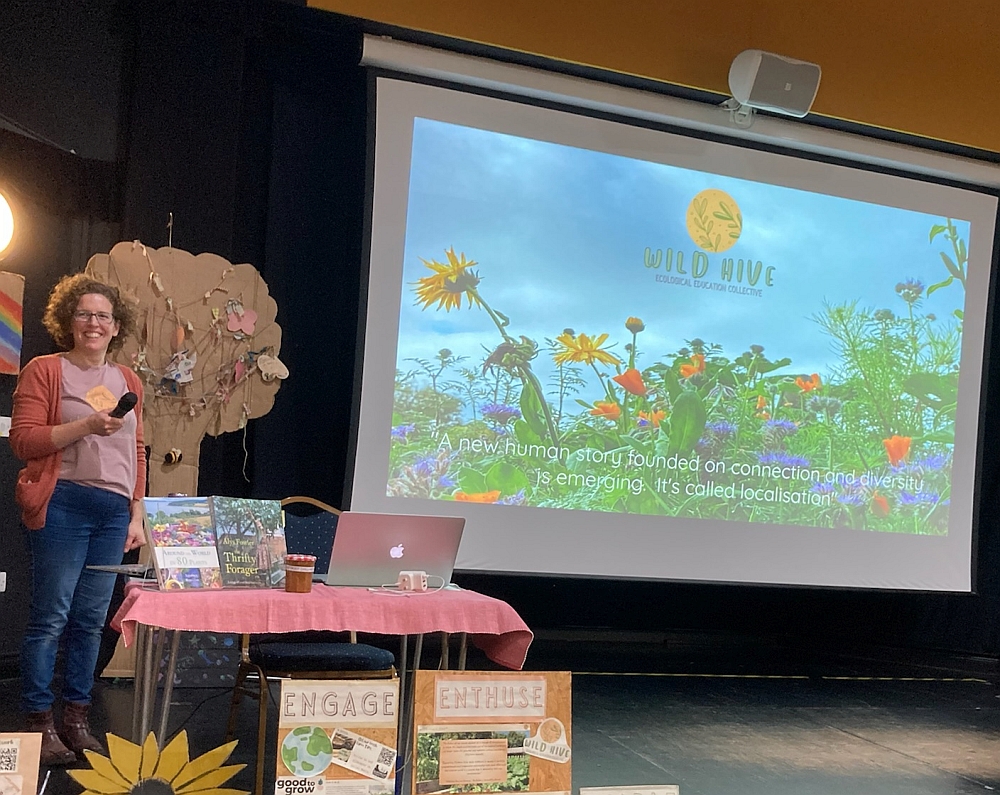


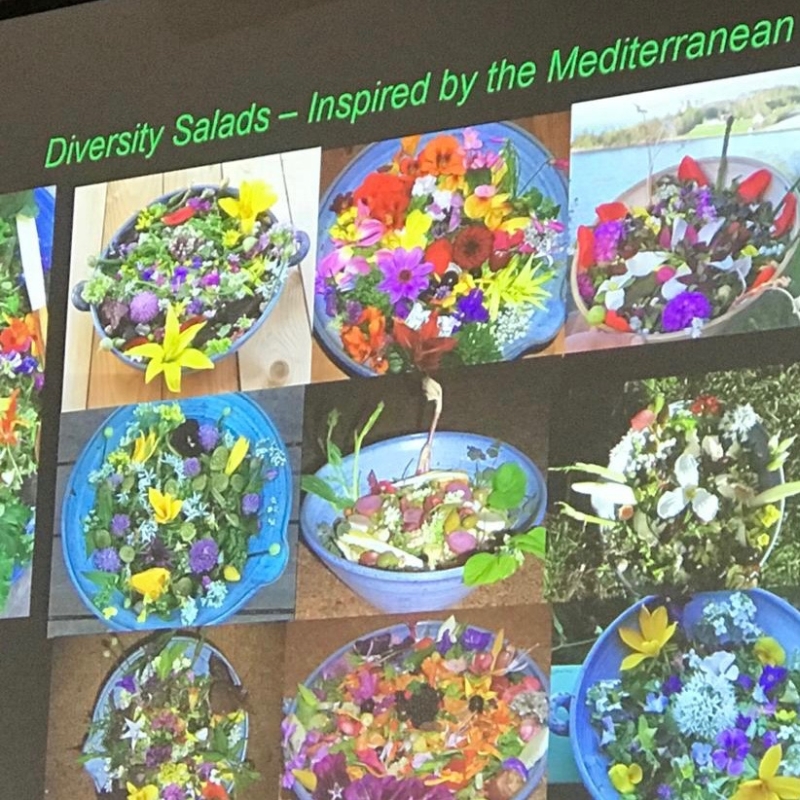
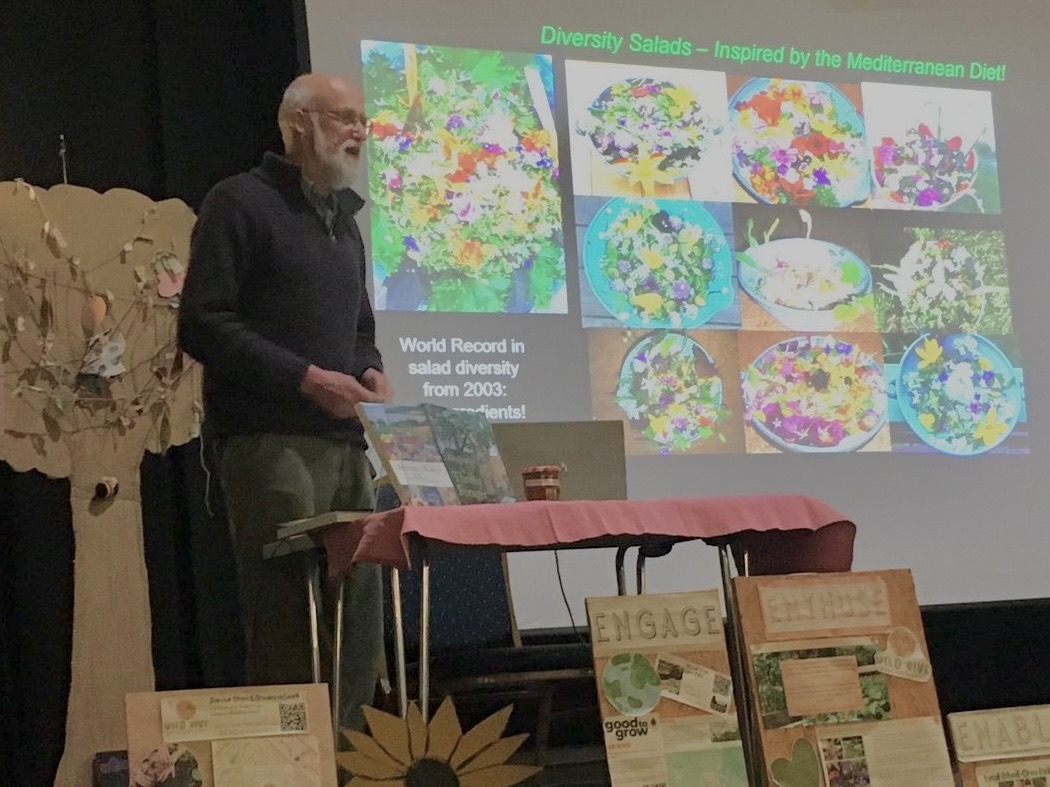





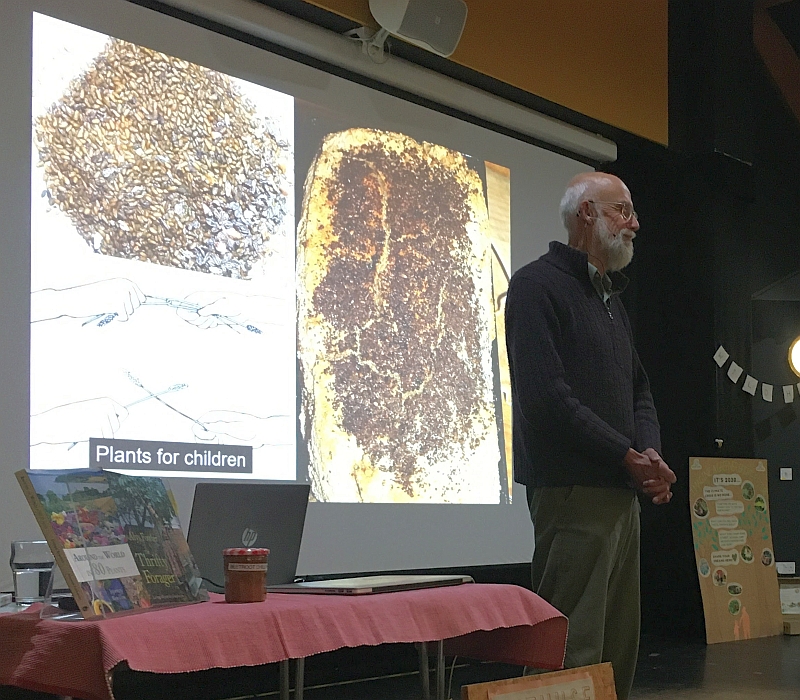
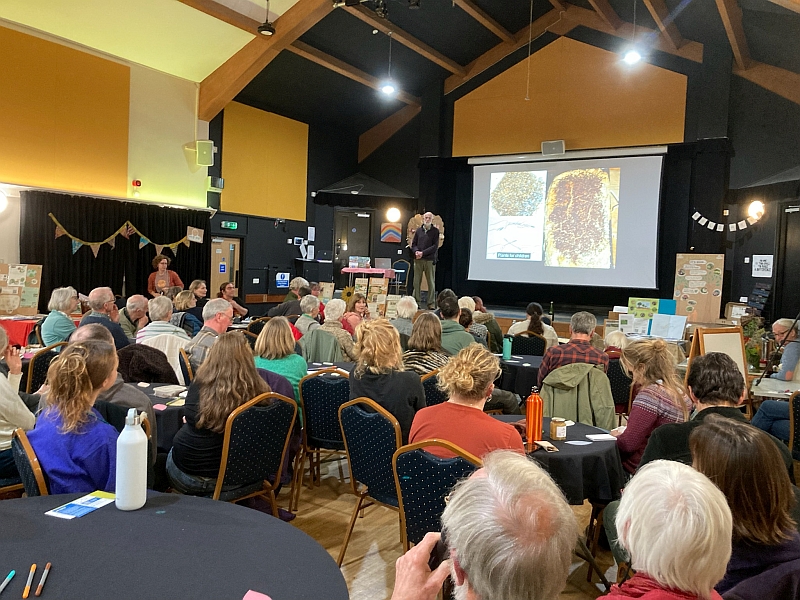


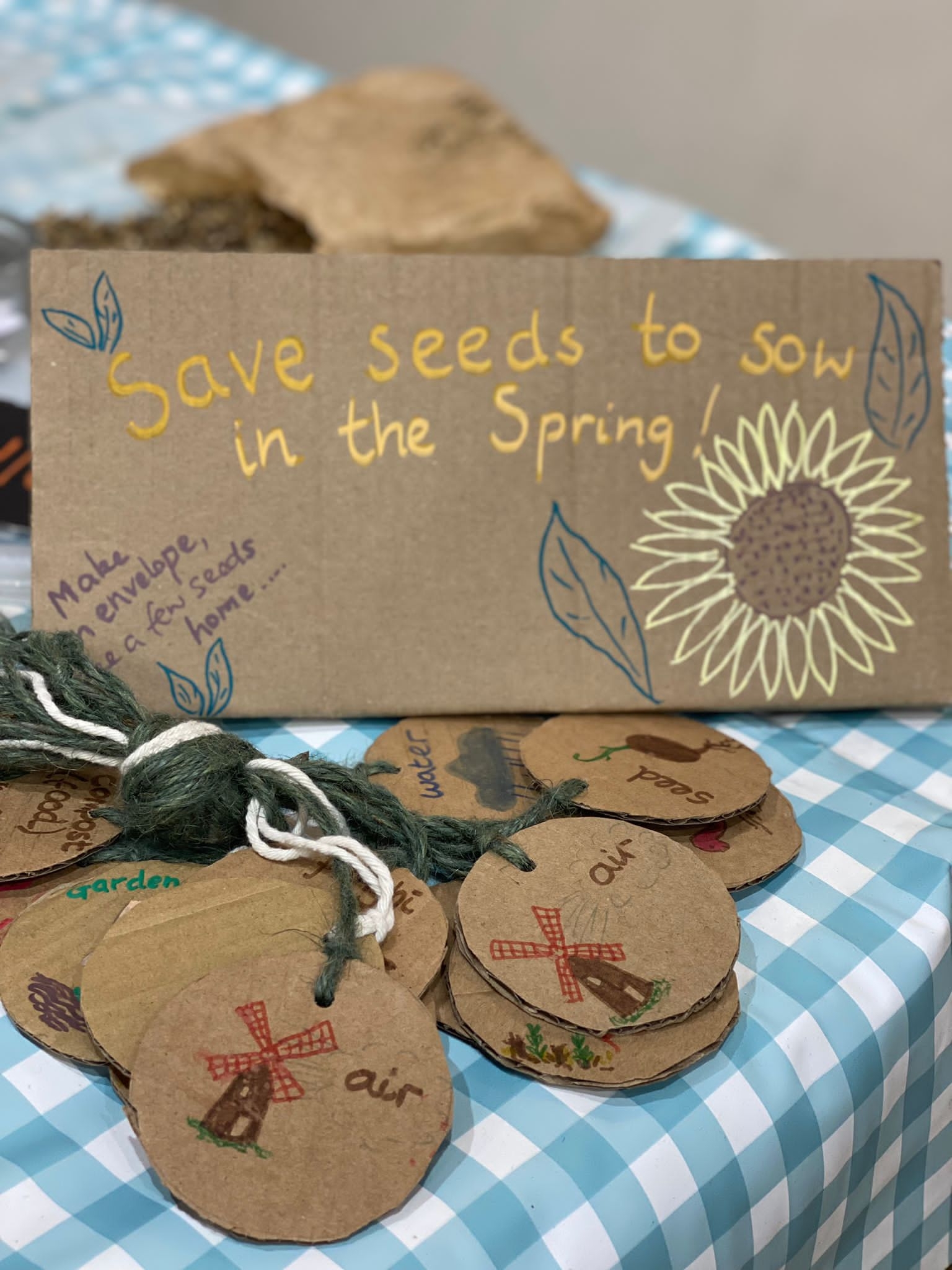


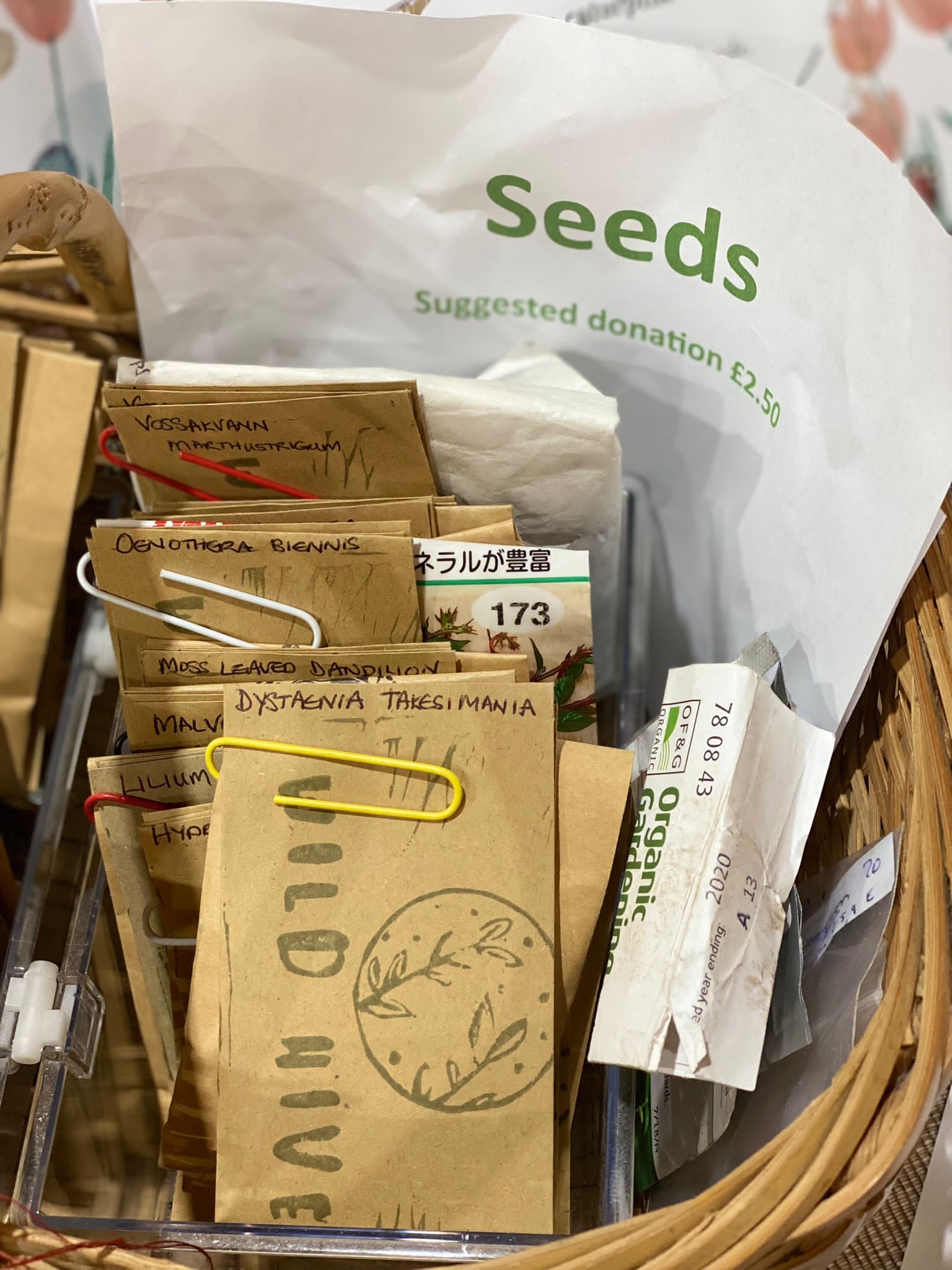


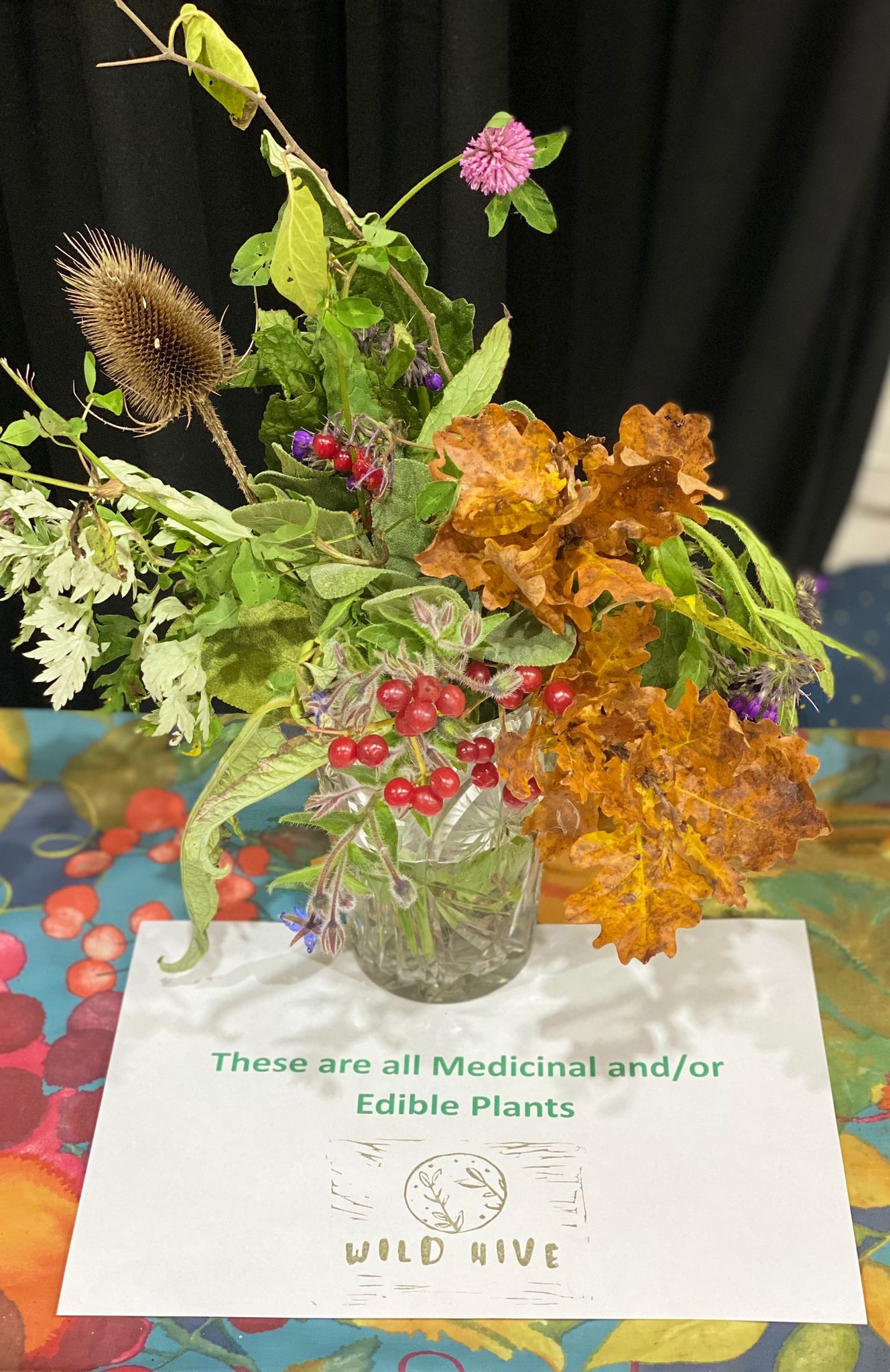
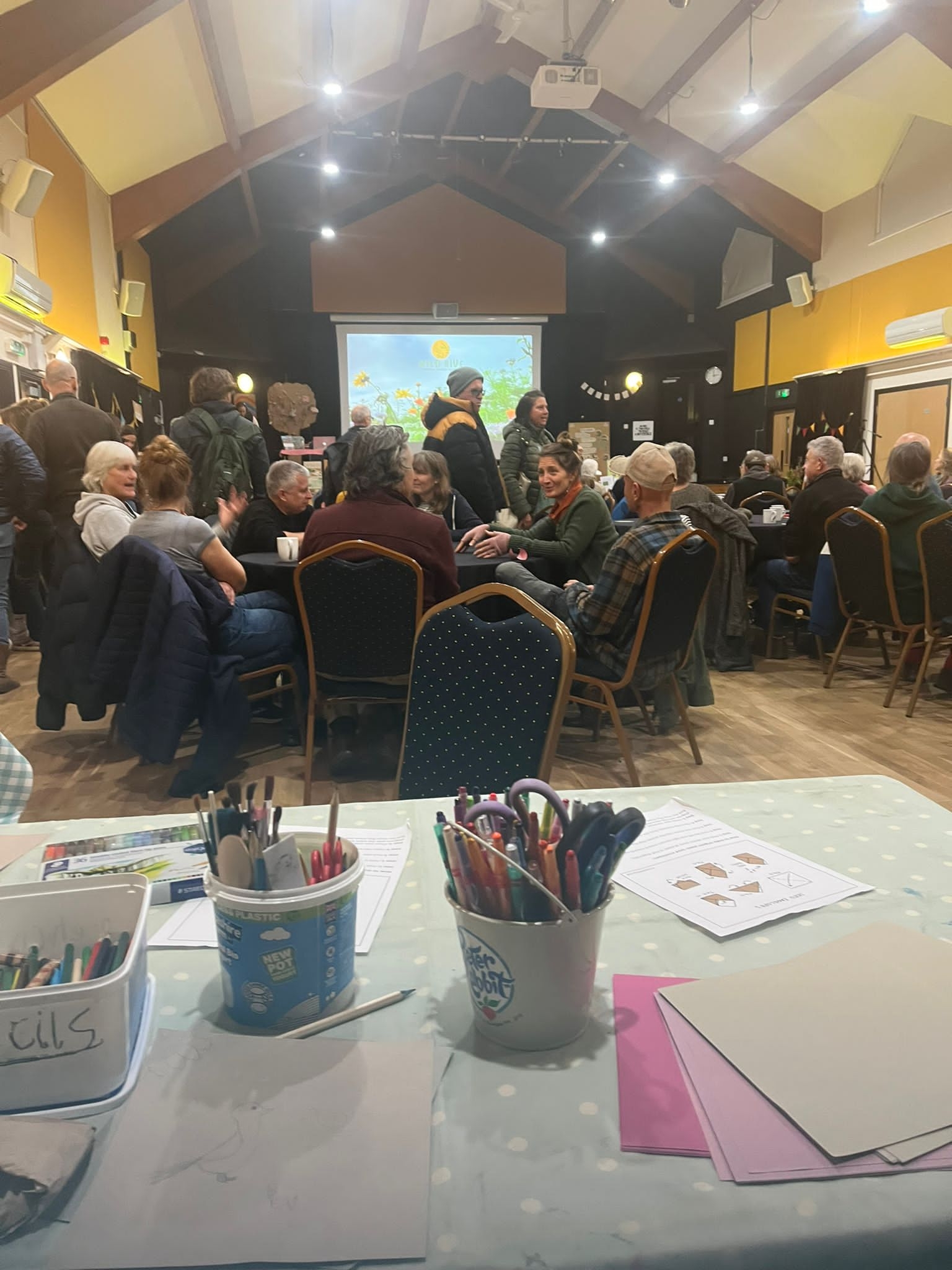



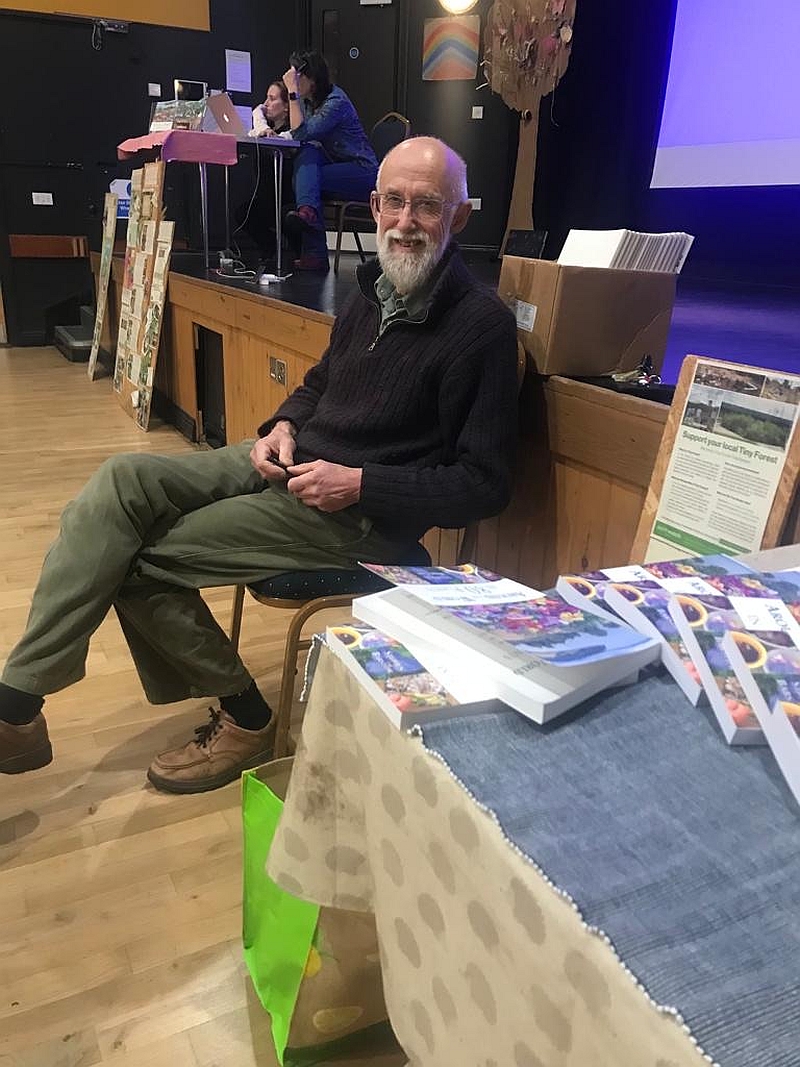


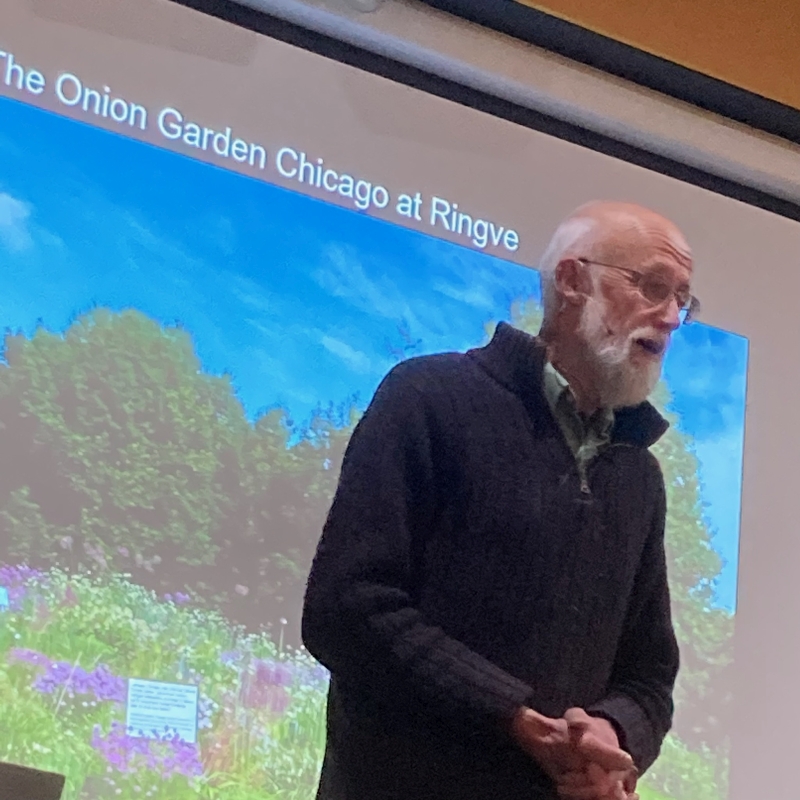

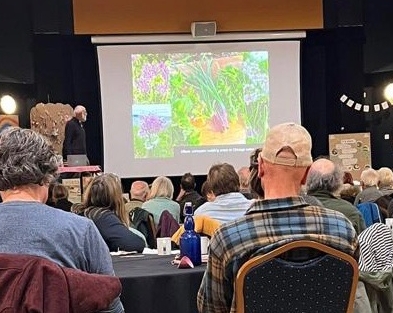

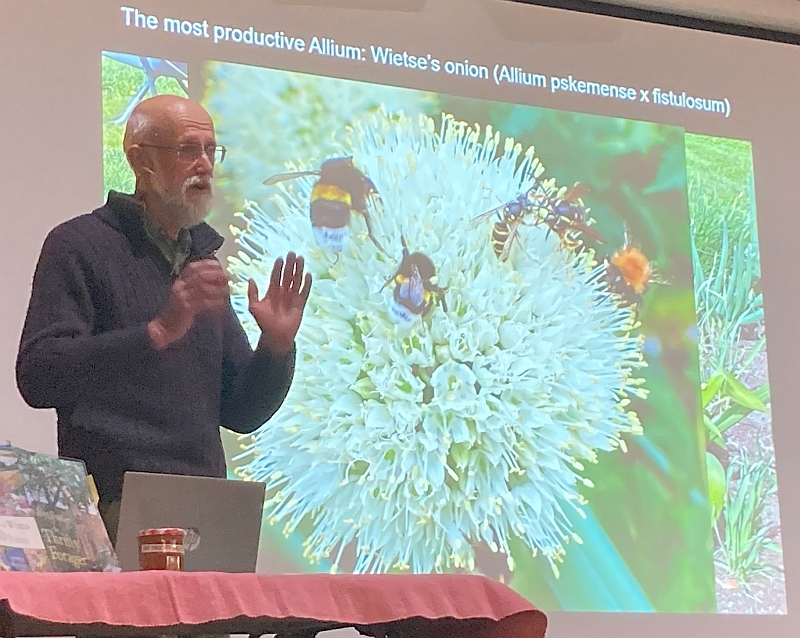







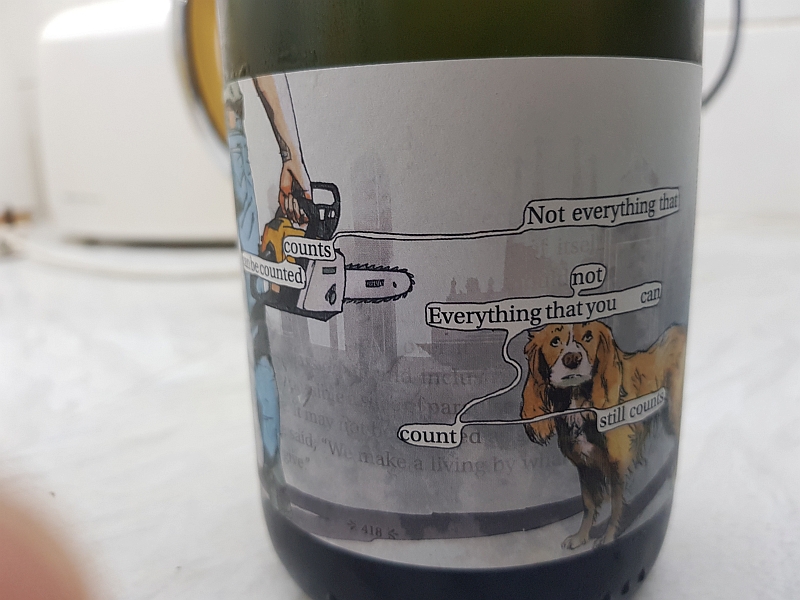

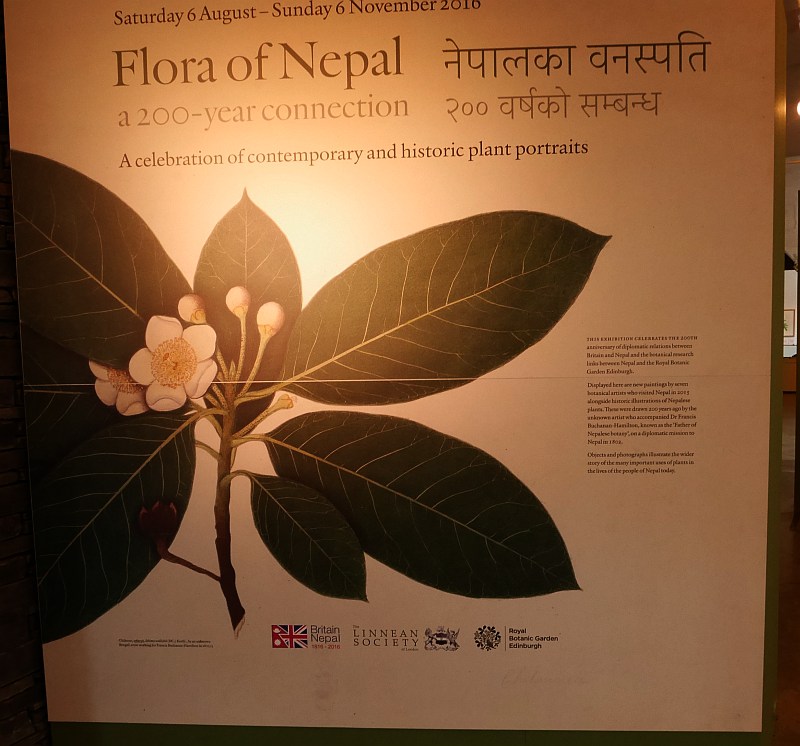

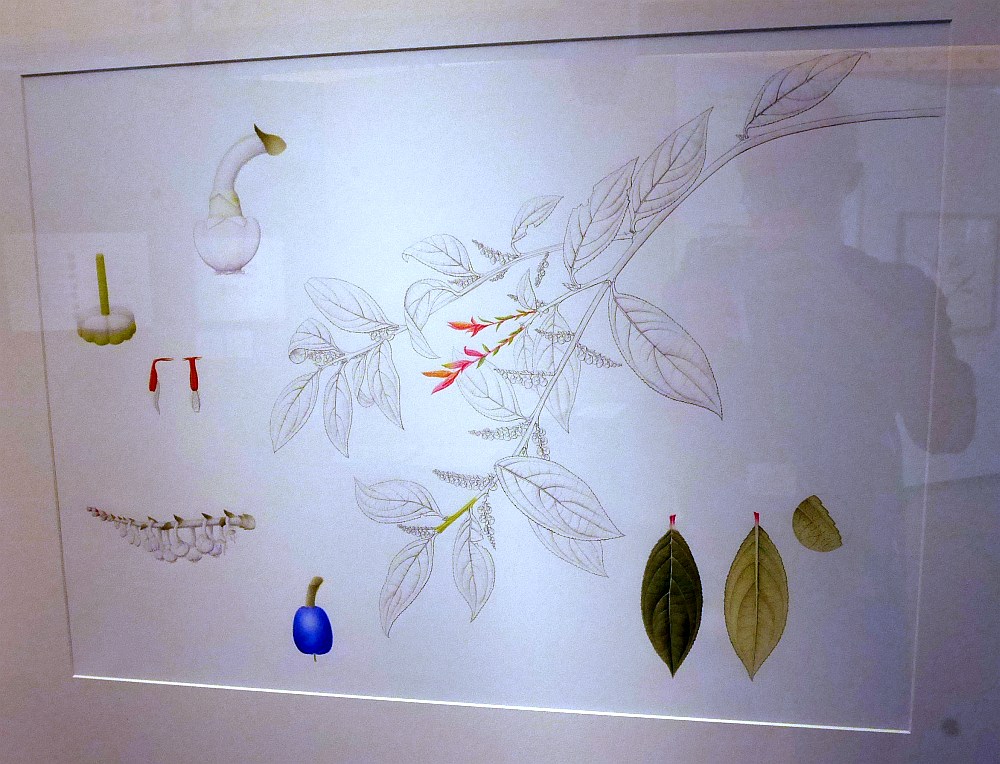





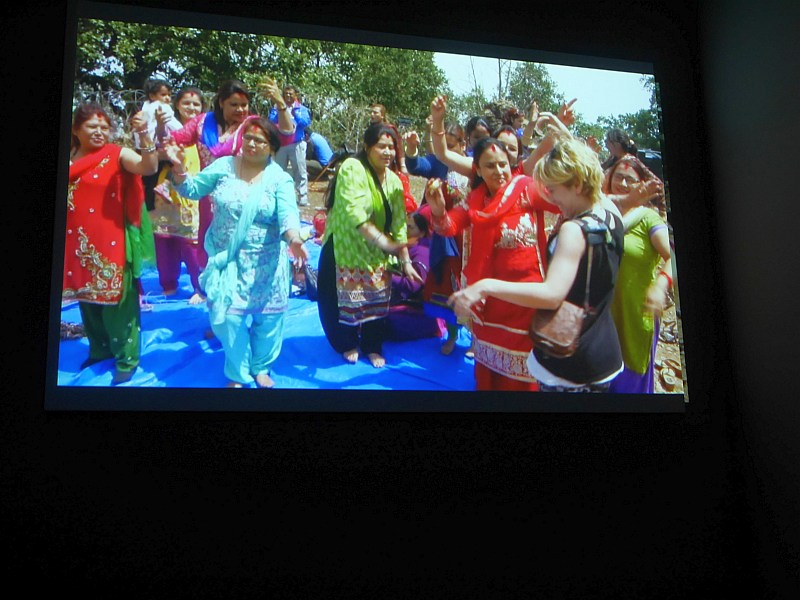
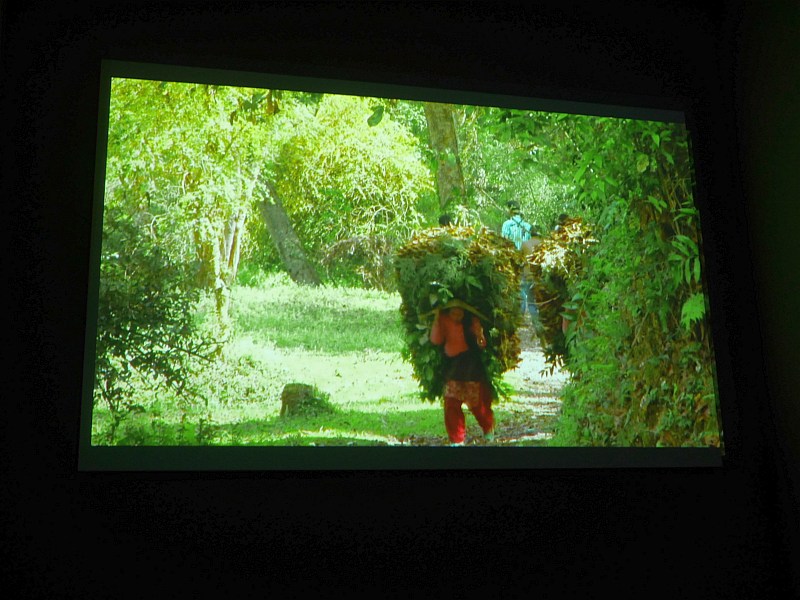

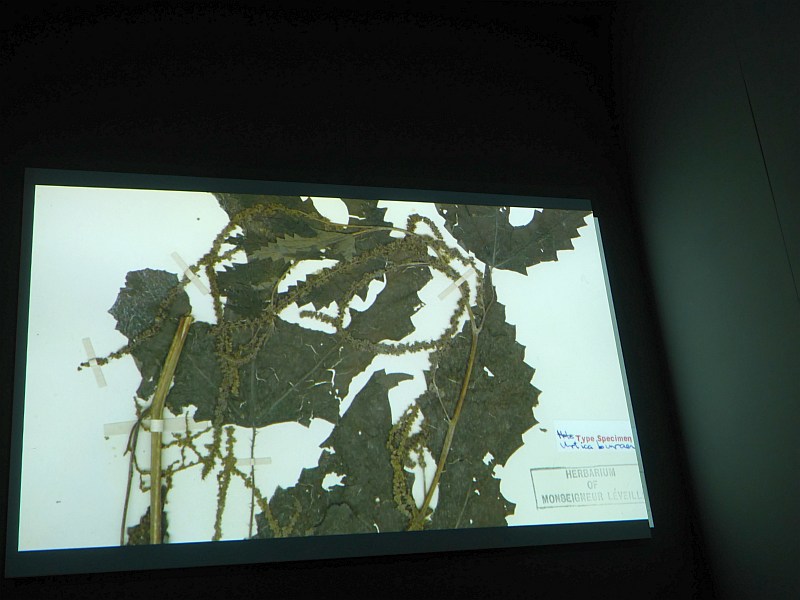


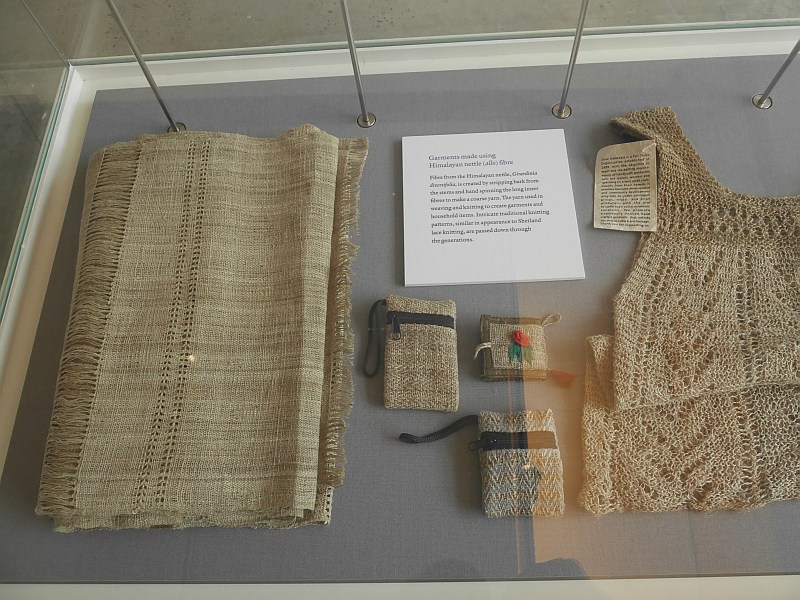

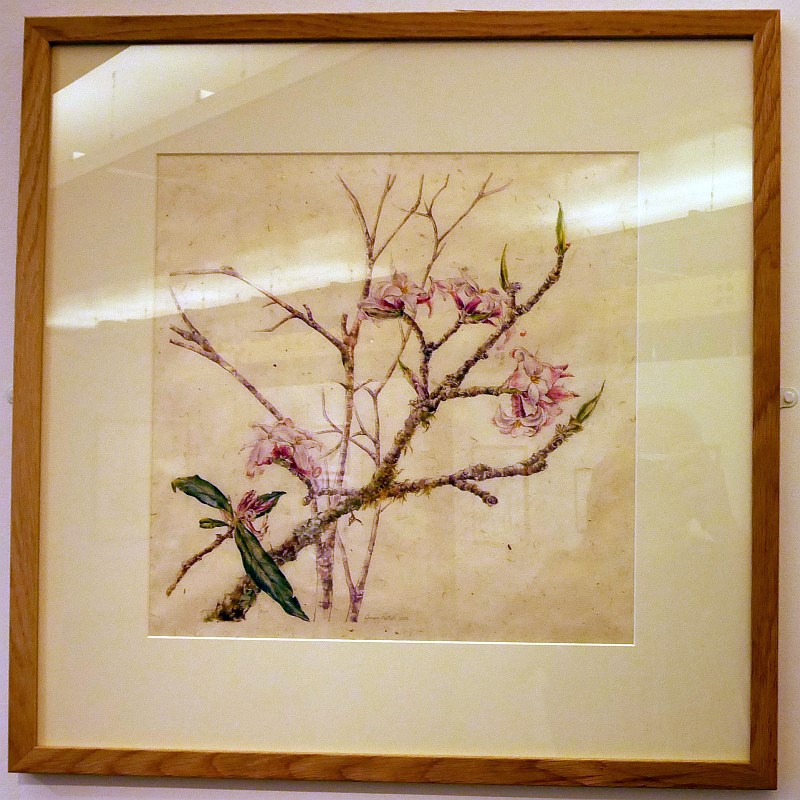

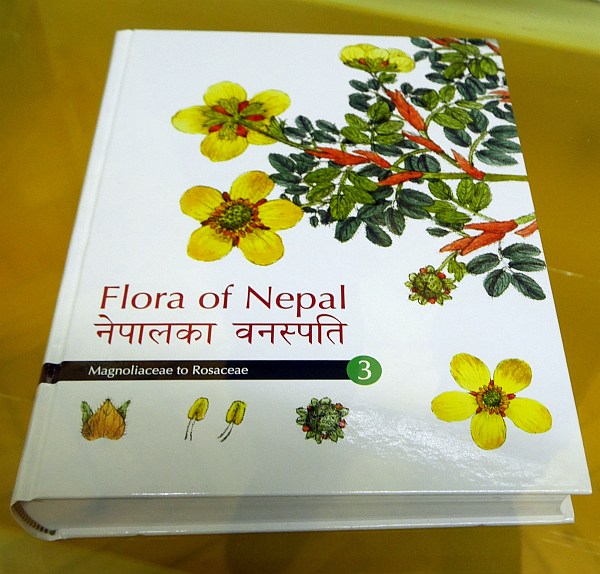

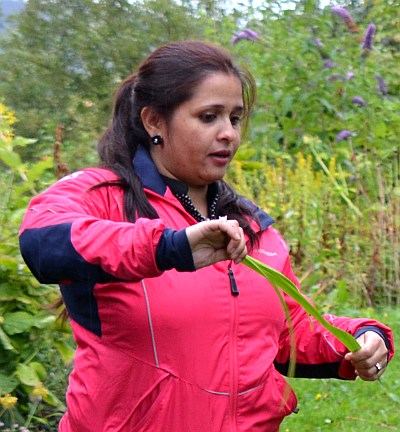

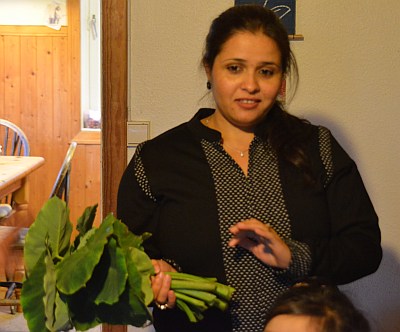


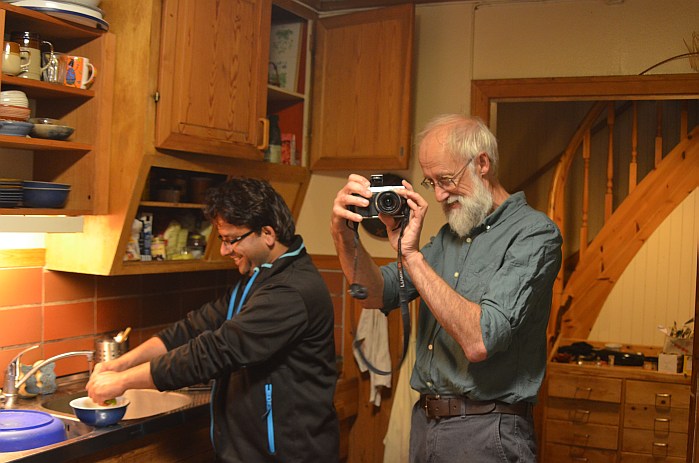
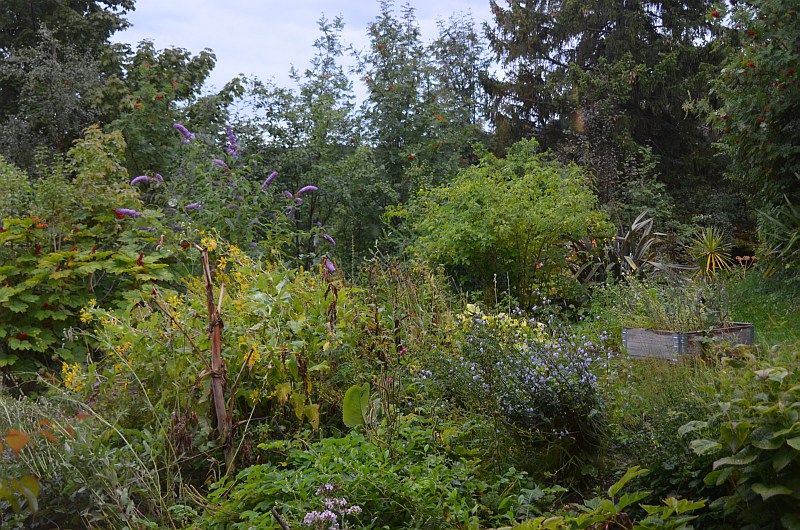
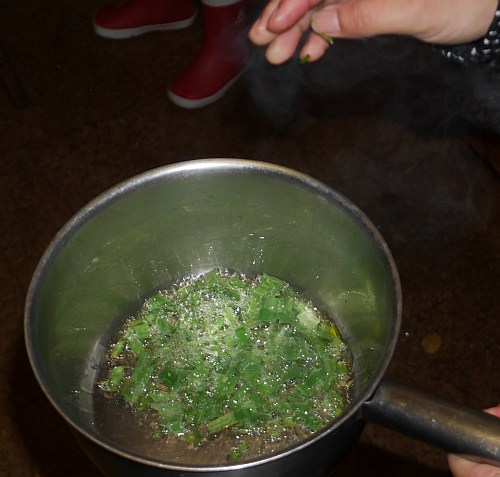


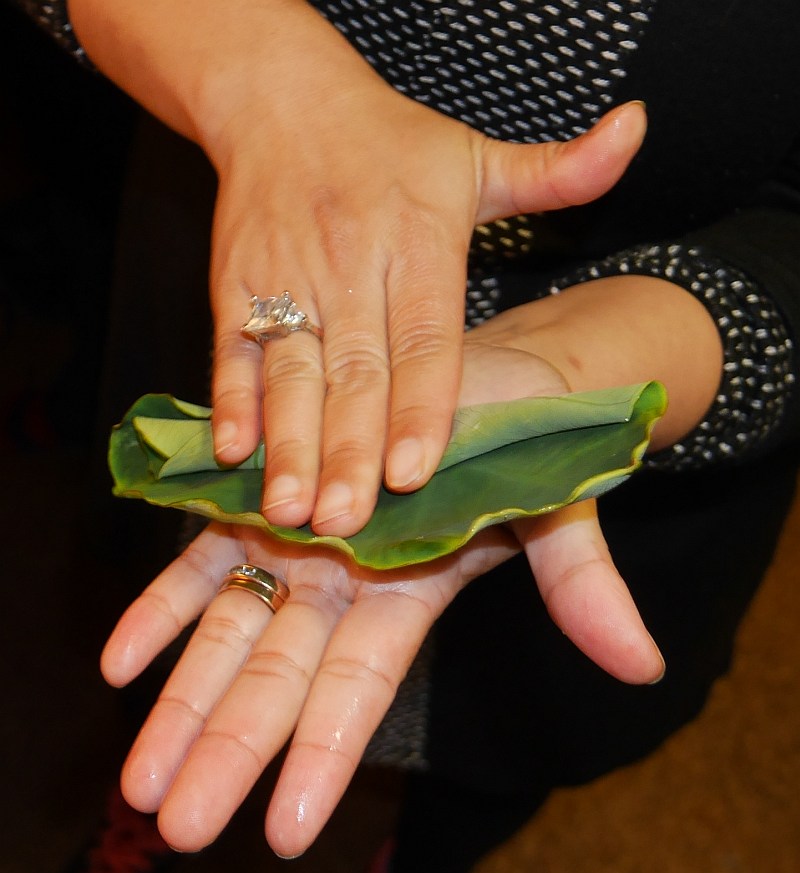



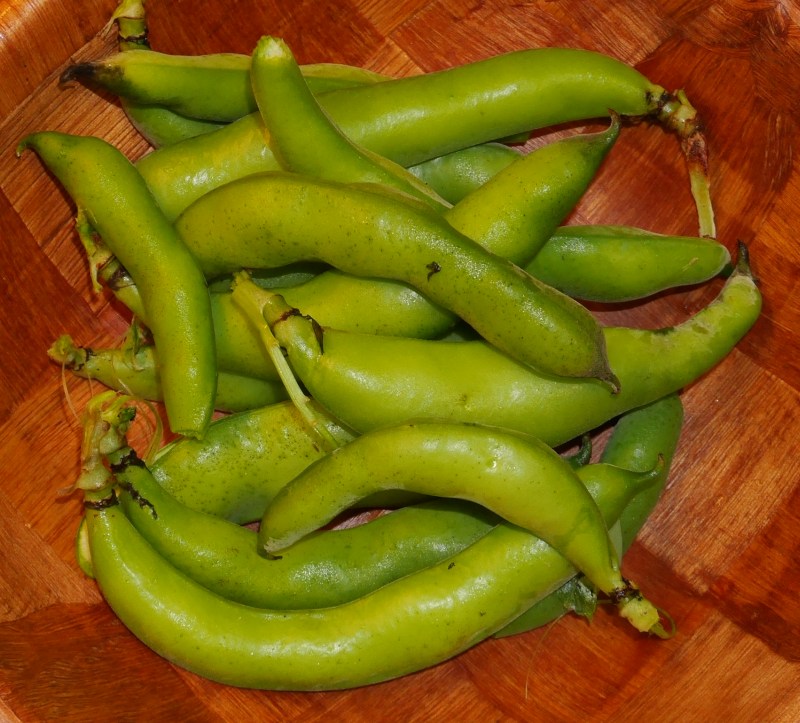



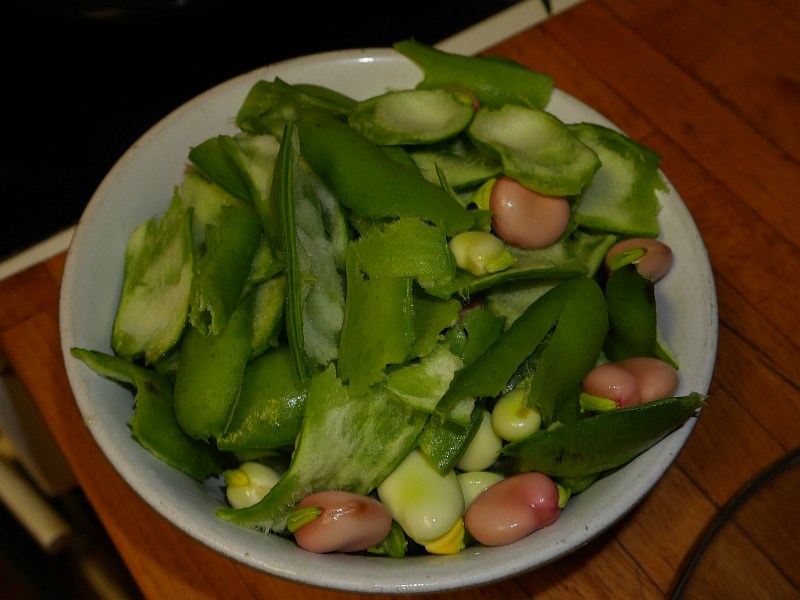



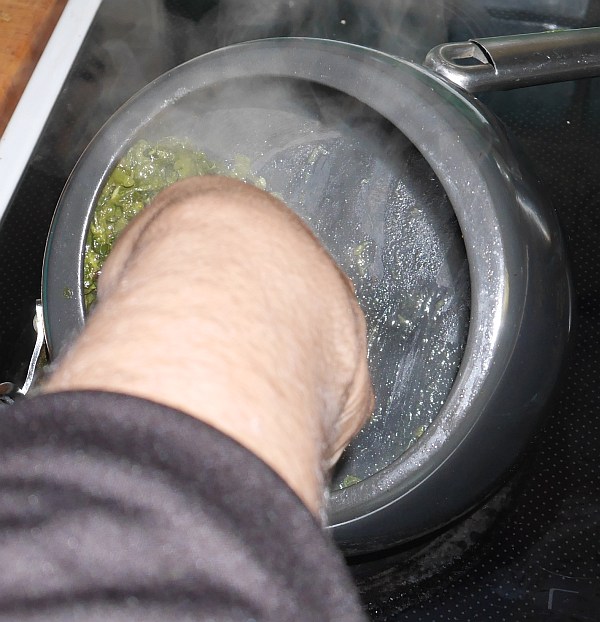
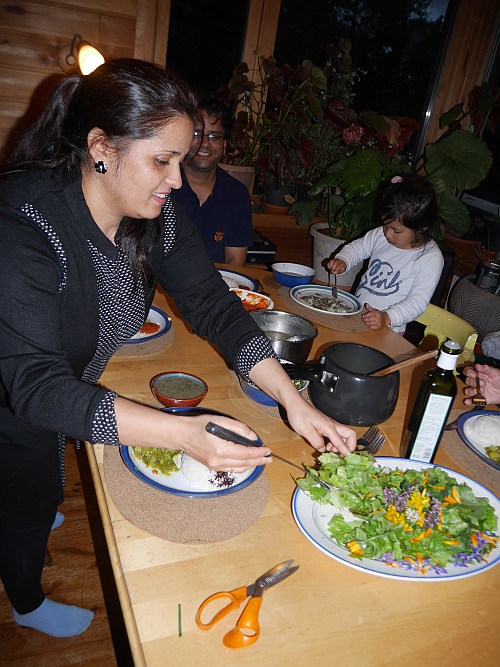
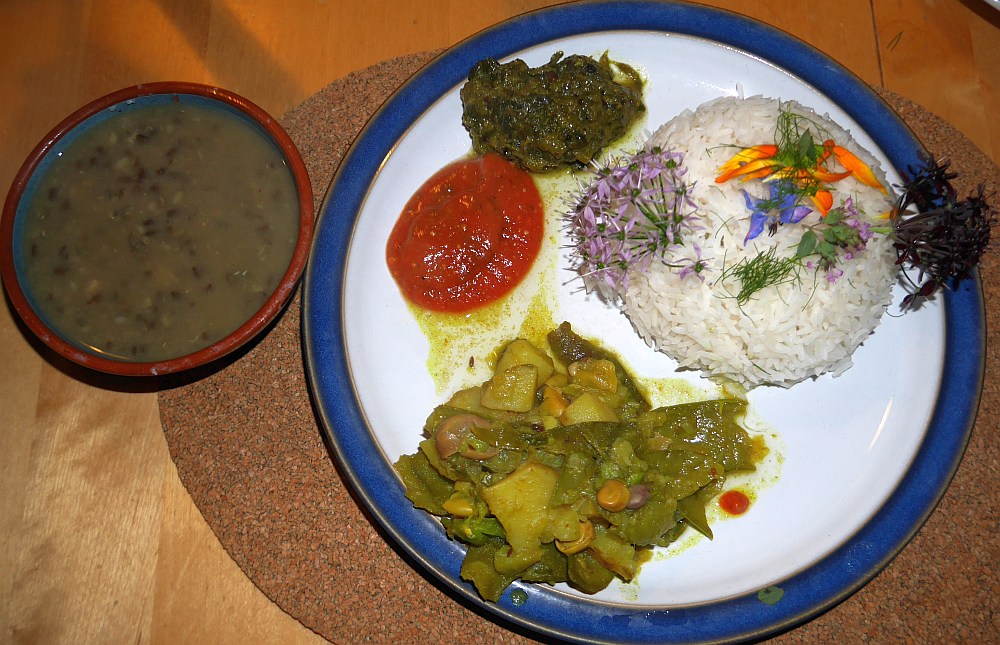

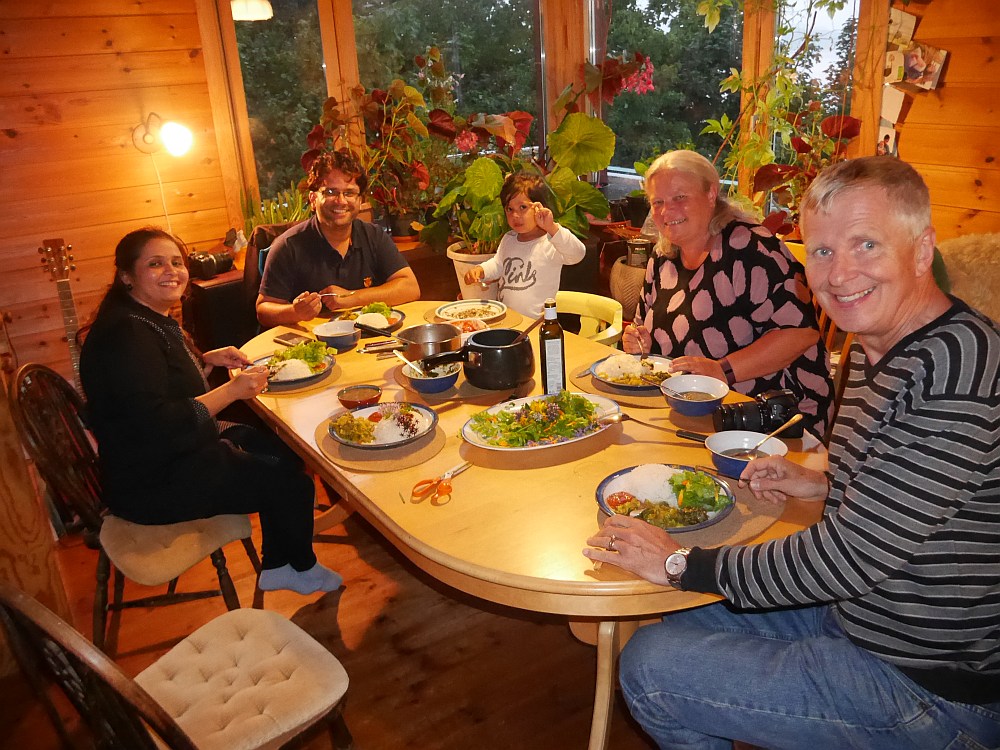
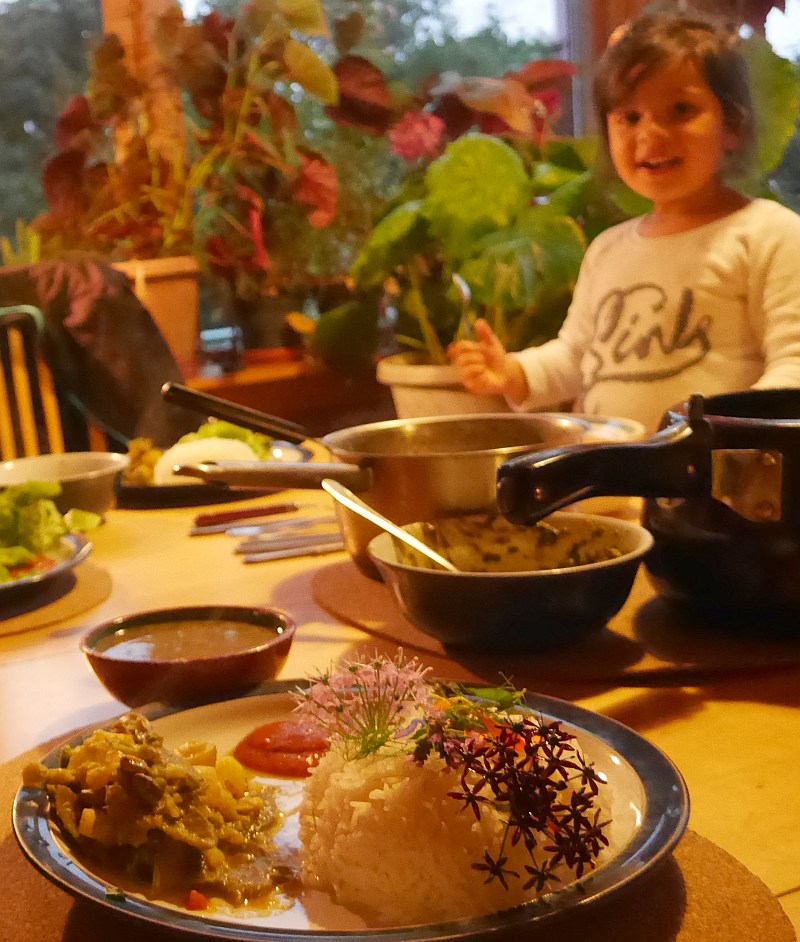

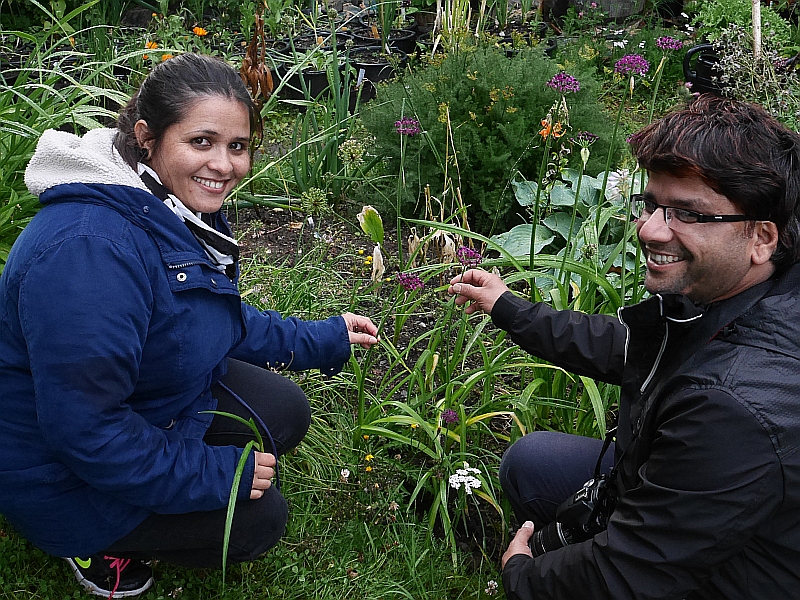
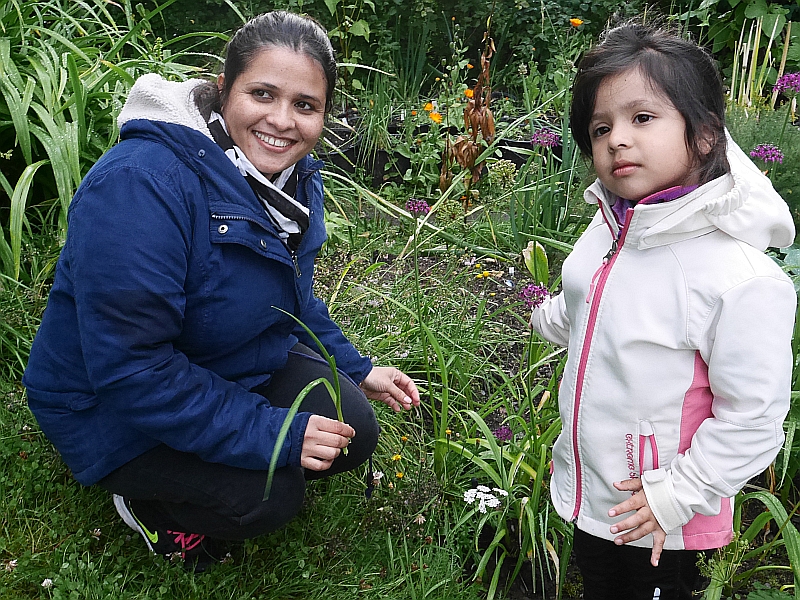
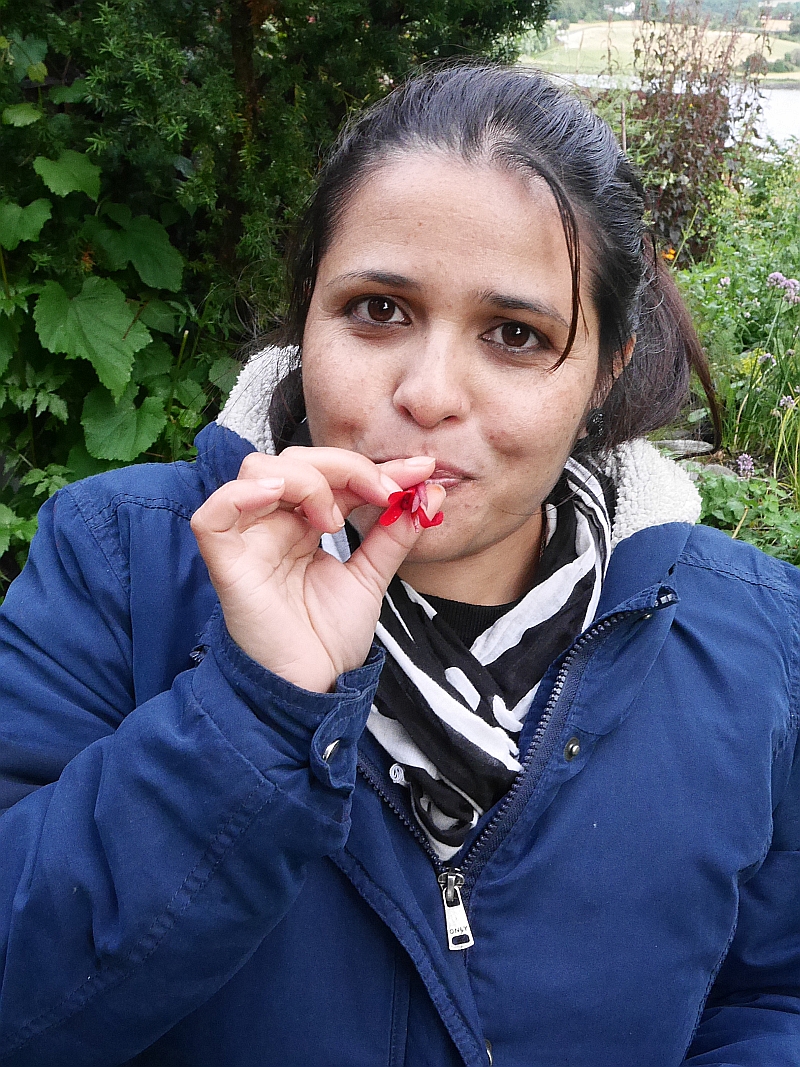
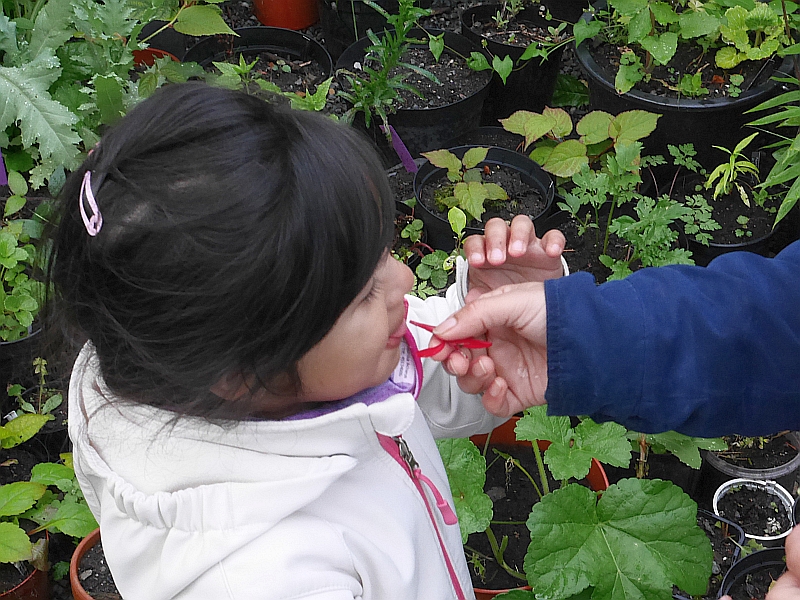
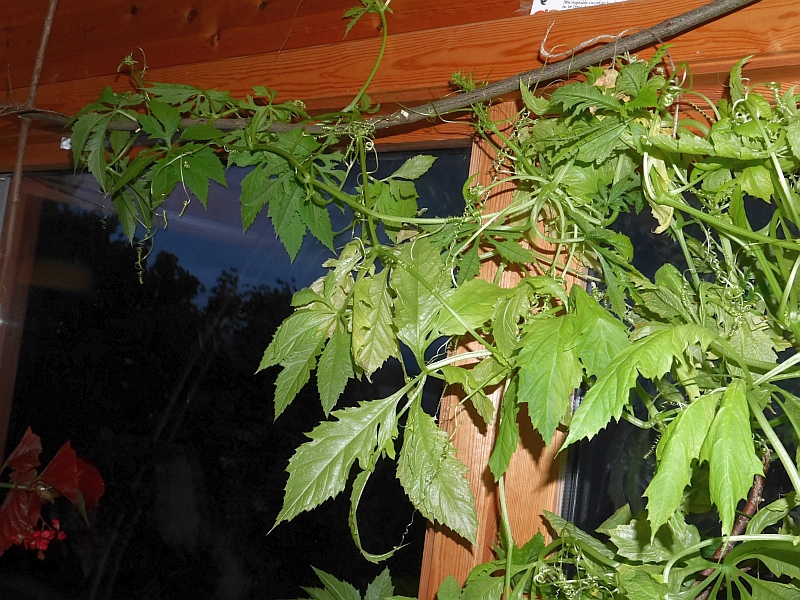
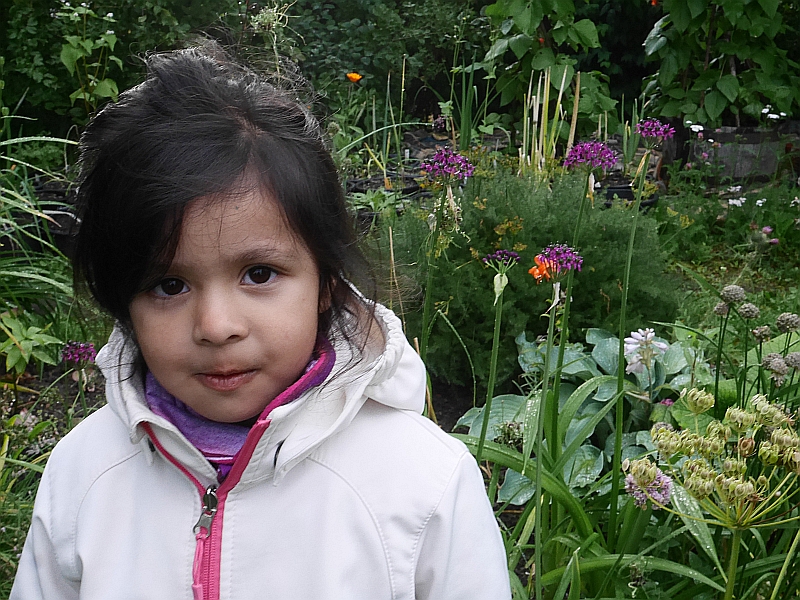
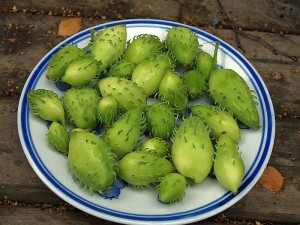 This is what I grew as Cyclanthera brachystachya “Fat Baby” in my old cold greenhouse in 2008. The picture was taken on 28th September.
This is what I grew as Cyclanthera brachystachya “Fat Baby” in my old cold greenhouse in 2008. The picture was taken on 28th September.